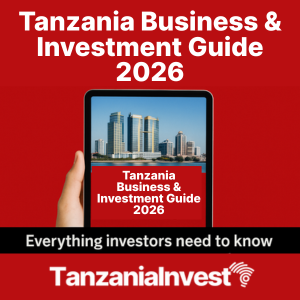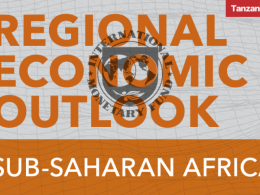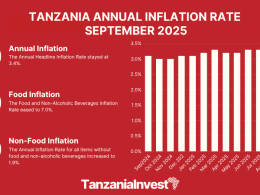On 10th October 2021, the President of Tanzania, Hon. Samia Suluhu Hassan launched the Government’s Economic Recovery Plan and Response to the Covid-19 pandemic worth TZS 3.62 trillion at a ceremony held at the Jakaya Kikwete Hall in Dodoma.
Speaking at the launch of the Plan, President Samia called on the Ministry of Finance and Planning and other institutions that will benefit from the TZS 1.3 trillion loan from the International Monetary Fund (IMF) to ensure they are used for the intended purposes.
President Samia indicated that the concessional loan from the IMF will be used to implement development projects including improving social services in the health sector, education, tourism, and water.
President Samia instructed the projects to be implemented by local contractors and urged the private sector to use the opportunity to produce products that will be used in the implementation of projects such as concrete and galvanized iron.
The Plan is to be implemented within 9 months and Hon. President Samia called for the use of a single-source procurement mechanism to reduce bureaucracy.
In addition, President Samia instructed the Minister of Finance and Planning Dr. Mwigulu Nchemba to oversee and eliminate the bureaucracy connected to the tax exemptions on imported goods and products that will be used in the Plan.
Finally, President Samia instructed the Controller and Auditor General (CAG) and the Internal Auditor to closely monitor the use of these funds, and thanked the IMF for the concessional loan and other development partners including the Government of China, the World Bank (WB), and the European Union (EU) for their willingness to support the implementation of the project.
The IMF and Tanzania
In June 2020, the IMF approved a grant under its Catastrophe Containment and Relief Trust (CCRT) to cover Tanzania’s debt service falling due to the IMF from 12th June to 13th October 2020, for the equivalent of USD 14.3 million.
And in October 2020, the IMF approved a second six-month tranche of USD 11.6 million debt service relief to cover the debt service of Tanzania from October 14th, 2020 to April 13th, 2021.
In May 2021, Tanzania’s President Samia Suluhu Hassan held a virtual conversation with the Managing Director of the IMF Kristalina Georgieva to discuss further cooperation, and later instructed Tanzania’s Minister of Finance and Planning Dr. Mwigulu Nchemba and the Minister of Foreign Affairs and East African Cooperation Hon. Mulamula who have attended the talks to quickly complete the process to apply for a loan from the IMF.
As a result, on 7th September 2021, the IMF approved USD 567.25 million in emergency financial assistance to support Tanzania’s efforts in responding to the Covid-19 pandemic by addressing the urgent health, humanitarian, and economic costs.










